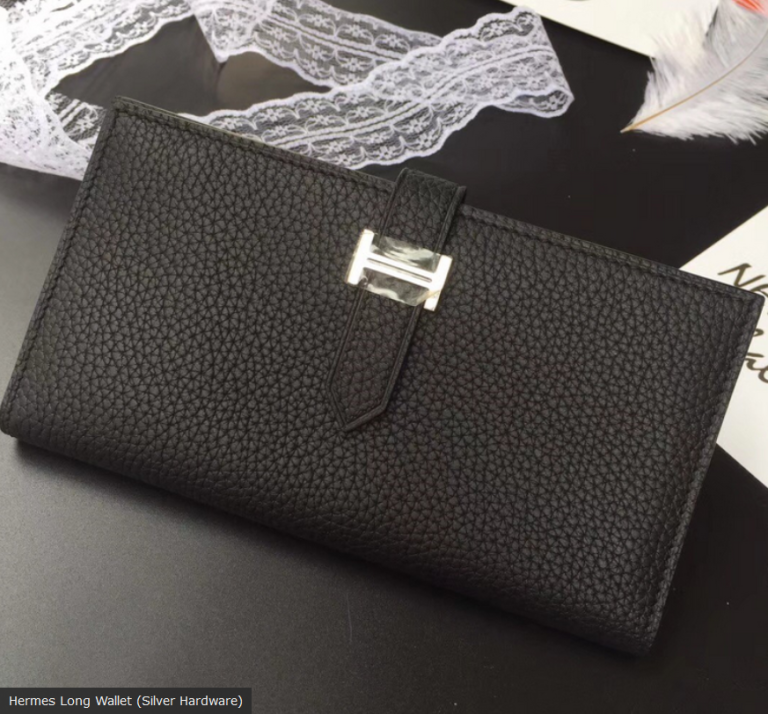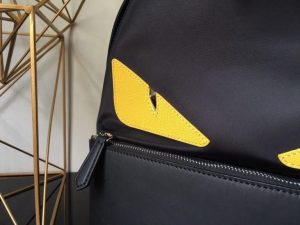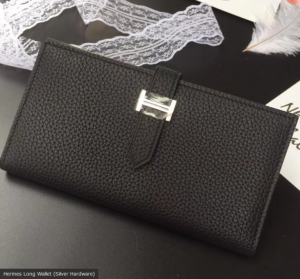Honestly, there are a bunch of reasons why this could be happening. It’s like trying to find your keys when you’re already late – you check everywhere, twice, and then they’re in your pocket. Ugh.
One common culprit? The bootloader. It’s basically the little guy who tells your computer, “Hey, Windows is over *here*!” If that gets messed up during the cloning process, your system is basically blind. One thing you can try is deleting and recreating your bootloader partition. Just make sure you do it from an elevated command prompt – that’s basically running the command prompt as an administrator. You can google how to do that, it’s pretty easy.
Another thing – and this is a biggie if you’re going from a regular HDD to an SSD – is making sure your BIOS is actually trying to boot from the right drive. Sometimes, you gotta go into your BIOS settings (usually by hitting Delete, F2, or F12 when you first turn on your computer) and tell it to boot from the SSD. It sounds obvious, but honestly, it’s often overlooked. I mean, I’ve spent hours troubleshooting only to realize I hadn’t plugged something in properly. Facepalm.
Also, and this is a bit of a tangent, don’t worry too much about “wearing out” your SSD by cloning or reinstalling. SSDs are way tougher than people think these days. A few clones? Nah, it won’t even make a dent.
Sometimes, the drive letter gets all wonky. Think of it like this: Windows thinks your boot files are on drive C, but after the cloning, it’s somehow become drive D. This can cause boot files missing problem. Boom, instant no-boot situation. I suspect that I’ve had that happen a few times, but didn’t realize until later.
Now, I’ve seen people say that using the “best hard drive cloning software” will solve all your problems. Look, I’m not gonna lie, some cloning software is better than others. I won’t name any brands here, but I’d suggest doing a little research on cloning software before you start.
And honestly? Sometimes, the cloning process just…fails. Maybe there was a hiccup, maybe there was some kind of corruption on the original drive. Whatever the reason, sometimes the best thing to do is just bite the bullet and do a clean install of Windows 7 on your SSD. Yeah, it’s a pain, but at least you know it’s a clean, working install. I know, it sucks, but trust me, you’ll be better off in the long run.





















































